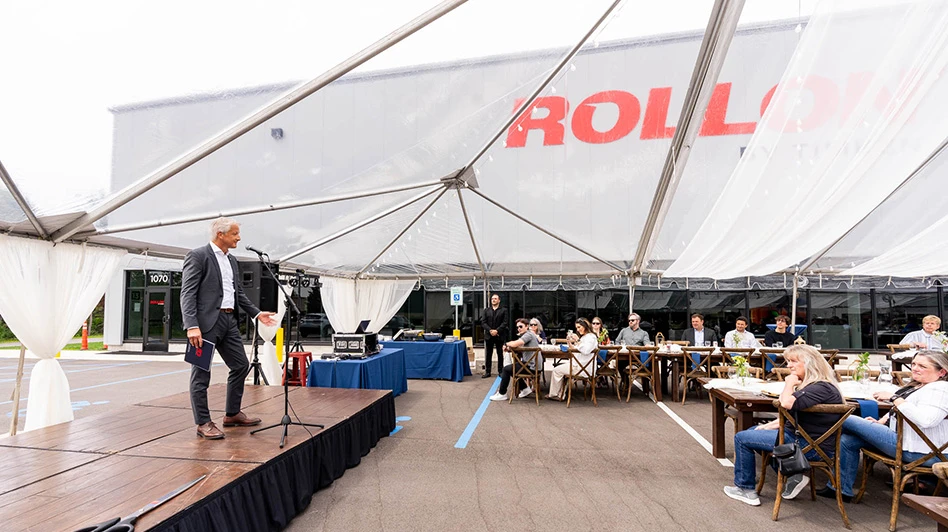
Stock
GIE Media's Manufacturing Group wishes everyone the best in 2021!
Latest from Today's Medical Developments
- Meet the minds shaping CNC grinding at The Precision Summit
- Mitutoyo unveils innovative SurfaceMeasure-S Series sensors
- #69 Manufacturing Matters - Shopfloor Connectivity Roundtable with Renishaw and SMW Autoblok
- Veeva's impact on compliance and efficiency in medtech
- Demystifying Controlled Unclassified Information (CUI)
- Streamline design with Festo's engineering tools
- Simplify your shop floor operations while ensuring quality parts
- Happy Independence Day - July 4th






